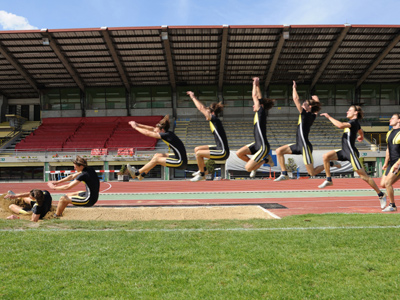
Measurement - The Metric System - Easy Conversions 1
This Math quiz is called 'Measurement - The Metric System - Easy Conversions 1' and it has been written by teachers to help you if you are studying the subject at middle school. Playing educational quizzes is a fabulous way to learn if you are in the 6th, 7th or 8th grade - aged 11 to 14.
It costs only $12.50 per month to play this quiz and over 3,500 others that help you with your school work. You can subscribe on the page at Join Us
As you know, everything in life involves math in one form or another. Growing up in the United States, you have been taught the American or English system of math. However, most of the rest of the world does not use this system. Rather, they use the metric system.
Ready for more?
not all...
quizzers. Try to win a coveted spot on our Hall of Fame Page.







